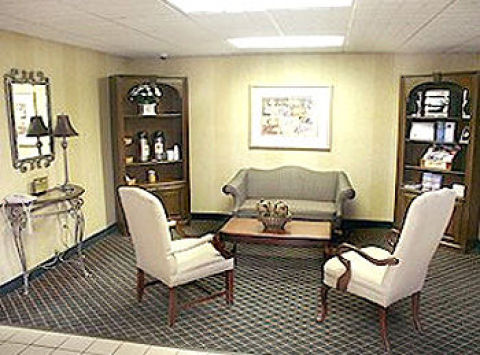

On December 20, 1918, the Government of Canada created the Canadian National Railways (CNR) – a body with no corporate powers – through Order in Council as a means to simplify the funding and operation of the various railway companies.At the same time, CNoR was also directed to assume management of Canadian Government Railways (CGR), a system mainly comprising the Intercolonial Railway of Canada (IRC), National Transcontinental Railway (NTR), Prince Edward Island Railway (PEIR), and the Hudson Bay Railway (HBR). In response to public concerns, the Government of Canada assumed majority ownership of the near-bankrupt Canadian Northern Railway (CNoR) on September 6, 1918, and appointed a "Board of Management" to oversee the company.The excessive construction of railway lines in Canada led to significant financial difficulties striking many of them, in the years leading up to 1920:

Over the next decade, the company expanded significantly into the United States, purchasing Illinois Central Railroad and Wisconsin Central Transportation, among others.Ĭreation of the company, 1918–1923 On November 17, 1995, the Government of Canada privatized CN. Historical marker at site of Canadian Northern's "last spike" near Ashcroft, British Columbia

The Newfoundland mixed trains lasted until 1988, while the Montreal commuter trains are now operated by Montreal's EXO. The only passenger services run by CN after 1978 were several mixed trains (freight and passenger) in Newfoundland, and several commuter trains both on CN's electrified routes and towards the South Shore in the Montreal area (the latter lasted without any public subsidy until 1986).

Primarily a freight railway, CN also operated passenger services until 1978, when they were assumed by Via Rail. The Canadian National Railways (CNR) was incorporated on June 6, 1919, comprising several railways that had become bankrupt and fallen into Government of Canada hands, along with some railways already owned by the government. Fleming's logo has since become an icon of graphic design. History Designer Allan Fleming and CN director of communications Charles Harris at the launch of the CN logo at Montreal in 1960. įrom 1919 to 1978, the railway was referred to as "Canadian National Railways" (CNR). As of 2019, Bill Gates is the largest single shareholder of CN stock, owning a 14.2% interest through Cascade Investment and his own Bill and Melinda Gates Foundation. CN was government-owned, having been a Canadian Crown corporation from its founding in 1919 until being privatized in 1995. In the late 20th century, CN gained extensive capacity in the United States by taking over such railroads as the Illinois Central.ĬN is a public company with 22,600 employees, and as of July 2019 it has a market cap of approximately CA$90 billion. The Canadian National Railway Company ( French: Compagnie des chemins de fer nationaux du Canada) ( reporting mark CN) is a Canadian Class I freight railway headquartered in Montreal, Quebec, which serves Canada and the Midwestern and Southern United States.ĬN is Canada's largest railway, in terms of both revenue and the physical size of its rail network, spanning Canada from the Atlantic coast in Nova Scotia to the Pacific coast in British Columbia across approximately 20,400 route miles (32,831 km) of track.


 0 kommentar(er)
0 kommentar(er)
